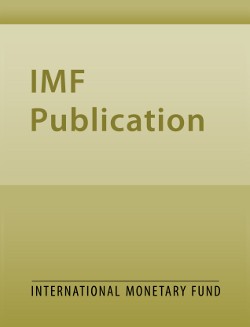
Nepal - Assessment Letter for the World Bank
Before the earthquakes of April 25 and May 12, Nepal’s macroeconomic performance was relatively strong: Growth accelerated to 5.5 percent in 2013/14, thanks largely to a favorable monsoon; Inflation had been moderating, broadly in line with developments in India, but remained high at 7 percent (y/y) in March 2015; The fiscal position in 2013/14 (mid-July 2013 to mid-July 2014) was again in surplus, on account of under-execution of spending amid solid revenue growth. As a result, public debt eased further, to 25 percent of GDP. The trend of budget under-execution continued through April 2015, indicating that a small fiscal surplus looked again likely in 2014/15. Public debt remained on a declining path; The external position remained strong. The current account surplus reached 4.6 percent of GDP in 2013/14, as remittances continued to grow rapidly, reaching a record-high 28 percent of GDP. Net of remittances, however, Nepal ran a current account deficit of 23.6 percent of GDP in 2013/14. International reserves rose to US$6.2 billion by March 2015, equal to 29 percent of GDP and covering almost eight months of prospective imports.
The earthquakes are expected to cause an initial slowdown in economic activity.
Publication date: May 2015
ISBN: 9781498344586
$0.00
Add to Cart by clicking price of the language and format you'd like to purchase
Available Languages and Formats
| Paperback | ePub | Mobi | ||
| English |
Prices in red indicate formats that are not yet available but are forthcoming.
Topics covered in this book
This title contains information about the following subjects.
Click on a subject if you would like to see other titles with the same subjects.
remittance , external finance , GDP , earthquake , sector
Summary
Copyright © 2010 - 2025
Powered by:
AIDC



